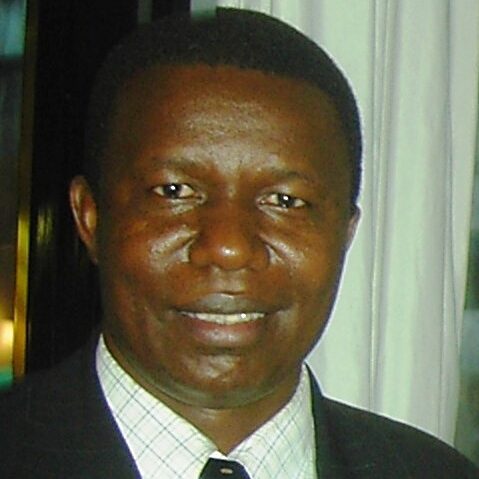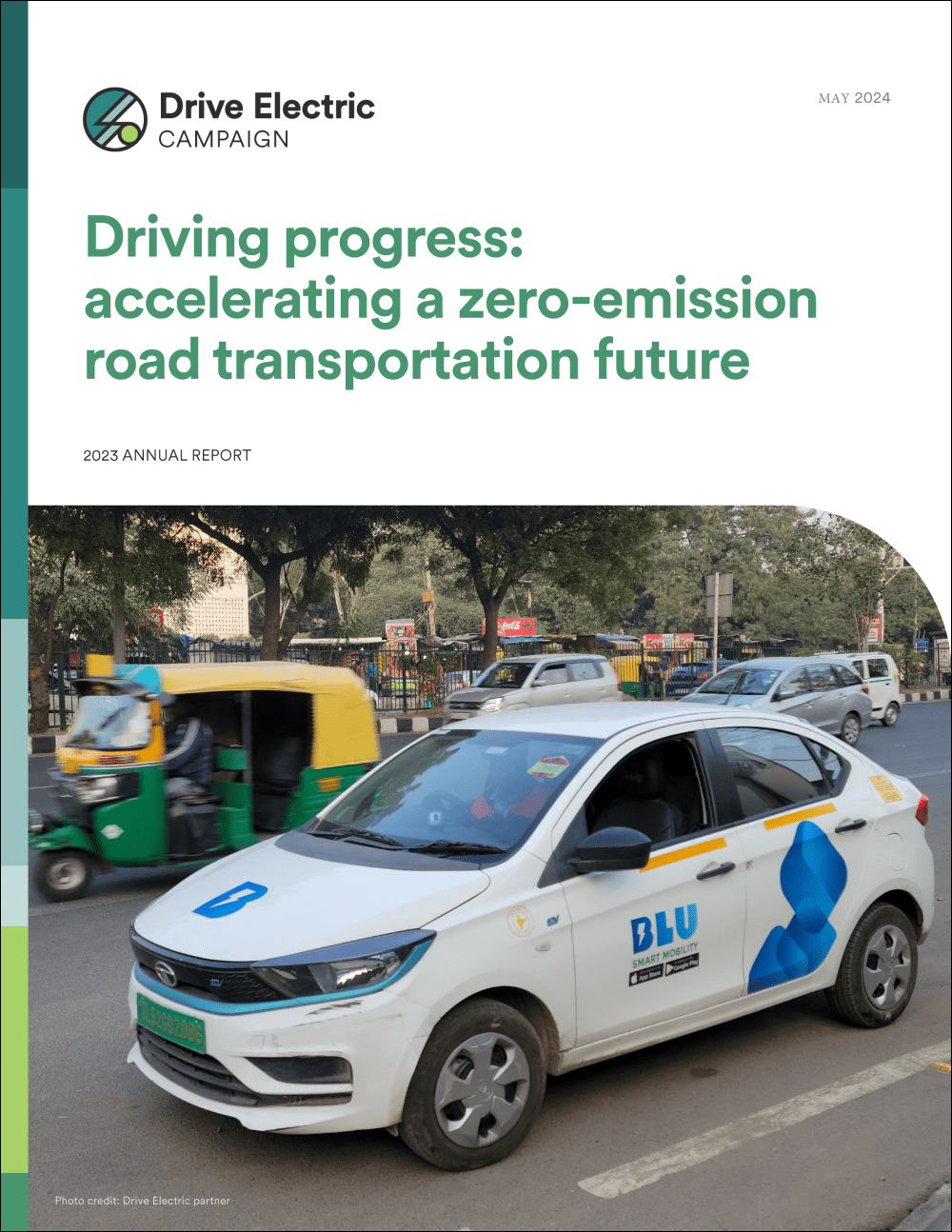Electricity on Three Wheels: A Solution for Zero-Emissions Transit in Burundi
Despite historical challenges, Burundi is a nation brimming with opportunities for growth and development. While it has faced decades of civil wars and political tension, Burundi has made significant strides towards a brighter future. Recent government shifts and civil organization commitments have made space for an expanded electric vehicle market:
- Burundi’s inclusion in the East African Community in 2007 and the initiation of a common external tariff in 2009 have opened doors for regional collaboration and participation in transformative regional infrastructure projects, including shared hydroelectric power plants.
- Burundi’s Electricity Law, last updated in 2015, lays the groundwork for public-private partnerships and focuses on rural electrification, planned heavily around grid extensions and decentralized systems.
- Urbanization is on the horizon, with an anticipated urban population of at least 2.6 million by 2030. This growth, along with increased vehicle ownership, signifies a changing landscape that can be steered towards zero-emission vehicles.
- The recent submission of an updated Nationally Determined Contribution (NDC) in alignment with the Paris Agreement underscores Burundi’s commitment to environmental sustainability. With its 2021 pledge to reduce greenhouse gas emissions by 3% by 2030, and the potential for a 20% reduction with international support, Burundi is positioning itself as a responsible global partner.
- Faced with recurring gas and fuel shortages in 2022, citizens of Burundi are uniquely poised to recognize the value of renewable energy transportation options.
In the global race to 100% electric vehicles, additional policy measures are needed to align industry investments and support the shift. Through our LEAP Fund, Drive Electric is proud to support ENVIRO-PROTEC in their work on electric two- and three-wheelers in Burundi.
Below, we highlight what drives their work for this project, with a Q&A with ENVIRO-PROTEC’s Salvator Ndabirorere, lightly edited for clarity.
What is the goal of your project?
ENVIRO-PROTEC is looking to prove the concept of electric two- and three-wheelers in Burundi. These vehicles offer several advantages for transit; they are highly maneuverable and reduce road congestion, but more than that, with support and an expanded electrical grid they can be much more affordable for the ordinary citizen. These goals line up with Drive Electric Campaign’s aim of achieving all electric sales of two- and three-wheelers by 2030.
What does climate action on transportation look like in your region?
Given the vast renewable energy resources in Burundi, such as solar and hydropower, the shift to electric mobility represents a massive decrease in GHG emissions. Further, we are at a point in our development where our motorization rate is quite low, meaning that the potential for leapfrogging over combustion is possible for many. We can envision a point not too far in the future where the first 2-, 3-, or 4-wheeler a family will own can be electric and run on domestically produced renewable power. This is the power of acting now to chart Burundi’s clean transportation future.
How does your e-mobility project intersect with people’s daily lives in your community and geography?
Burundi experiences a rainy period of eight months each year along with four months of dry season, giving us a great source of hydropower most of the year and a sufficient period of sunshine for solar energy development. Three-wheelers are preferred by communities for shelter from both rain and the sun. The potential of connecting three-wheelers to mini-grids in rural communities not only helps reduce emissions but provides a more reliable source of energy compared to expensive, imported petrol. Electric mobility would also have added value – petrol is not only expensive but also regularly unavailable due to various supply chain constraints.
Why did you choose to work on 3-wheel electric transport?
1. Three-wheelers’ mobility is cheaper and more accessible to low-income communities.
2. Three-wheelers can circulate in isolated corners of the country where a standard vehicle cannot access.
3. The current means of public transport is not large enough to move the population effectively.
4. Car taxis are expensive and not accessible to a majority of the low-income population.
Who do you seek to engage with your project, and how would you like them to respond to or be influenced by your work?
We are aiming to get two- and three-wheel electric vehicles into low-income communities, where affordability and accessibility are absolute necessities for the adoption of new technology.
Are there key statistics or facts related to your project, your vision, or the context of e-mobility where you work?
The electric mobility initiative has only recently begun in Burundi. In recent years, the Office of Public Transport (OTRACO) has received 25 tricycles from an Indian company, Mahindra. Given the importance of promoting this initiative, the Ministry in charge of transport requested funding from the Global Environment Facility. The country expects to receive $800,000 USD for this purpose.
What is your vision for ambitious action on e-mobility or zero-emission transportation in the region where you work?
Our vision is for the large-scale promotion of electric mobility in close partnership with all involved stakeholders to reduce transport-based greenhouse gas emissions as much as possible.
Do you have any concerns about whether we (as a global community) are “on track” to support your vision?
We face a few key challenges, namely: the financial cost of achieving this ambitious but beneficial vision for the world; limited capacities for the maintenance and management of the electric vehicle fleet; and the adherence of everyone to this initiative. If the global community is able to commit resources and support to our vision, we will be much more successful in achieving our goals.


